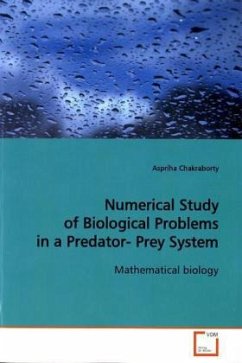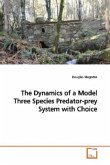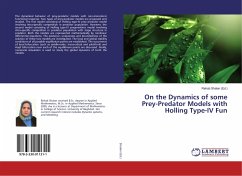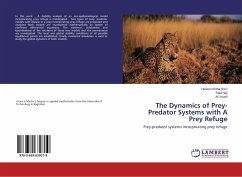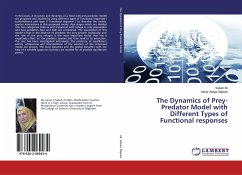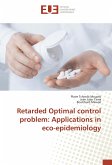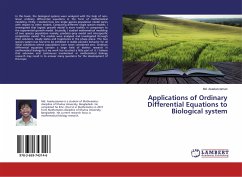The logistic Lotka-Volterra predator-prey equations
with diffusion based on Luckinbill's experiment with
Didinium nasutum as predator and Paramecium aurelia
as prey, have been solved numerically along with a
third equation to include prey-taxis in the system.
The effect of prey-taxis on the dynamics of the
population has been examined using three initial
conditions, four response functions and three data
sets. The stability of the points of equilibria have
been established for each model using Routh-Hurwitz
conditions and the variational matrix criteria. This
has further been verified through numerical
simulations. The effect of bifurcation value of the
prey-taxis coefficient on the numerical solution has
been examined in each case. It has been observed
that as the value of the prey-taxis coefficient
becomes considerably higher than the bifurcation
value, chaotic dynamics develop. As diffusion in
predator velocity is incorporated in the system, it
returns to a cyclic pattern. A brief study of
coexistence of low population densities both with and
without prey-taxis has also been done.
with diffusion based on Luckinbill's experiment with
Didinium nasutum as predator and Paramecium aurelia
as prey, have been solved numerically along with a
third equation to include prey-taxis in the system.
The effect of prey-taxis on the dynamics of the
population has been examined using three initial
conditions, four response functions and three data
sets. The stability of the points of equilibria have
been established for each model using Routh-Hurwitz
conditions and the variational matrix criteria. This
has further been verified through numerical
simulations. The effect of bifurcation value of the
prey-taxis coefficient on the numerical solution has
been examined in each case. It has been observed
that as the value of the prey-taxis coefficient
becomes considerably higher than the bifurcation
value, chaotic dynamics develop. As diffusion in
predator velocity is incorporated in the system, it
returns to a cyclic pattern. A brief study of
coexistence of low population densities both with and
without prey-taxis has also been done.

